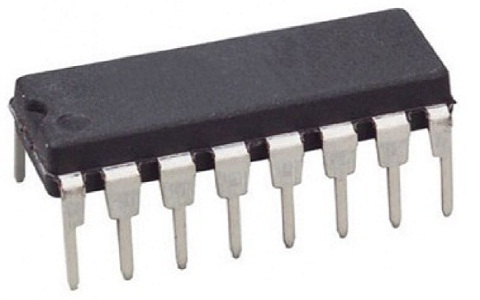danaoxm
Newbie

Hey everyone,
I'm currently in my last semester, and my project involves designing a circuit using Mentor Graphics. I've been struggling with it for a while now, trying everything I can think of, but I feel like I'm just going in circles and not making any progress.
I'm feeling pretty lost and could really use some help and guidance to get back on track and complete my project. Any advice, tips, or resources would be greatly appreciated.
Thank you in advance!
I'm currently in my last semester, and my project involves designing a circuit using Mentor Graphics. I've been struggling with it for a while now, trying everything I can think of, but I feel like I'm just going in circles and not making any progress.
I'm feeling pretty lost and could really use some help and guidance to get back on track and complete my project. Any advice, tips, or resources would be greatly appreciated.
Thank you in advance!
'Design a bit zero detector that takes in a 16 bit input and determine if the amount of bits 0 is more than 7 for one output, more than 11 for another output. Such bit detector circuits are commonly used in non volatile memory for control of charge pumps enable for non volatile bit programming. Tools covered Pyxis, Eldo, Calibre.'

